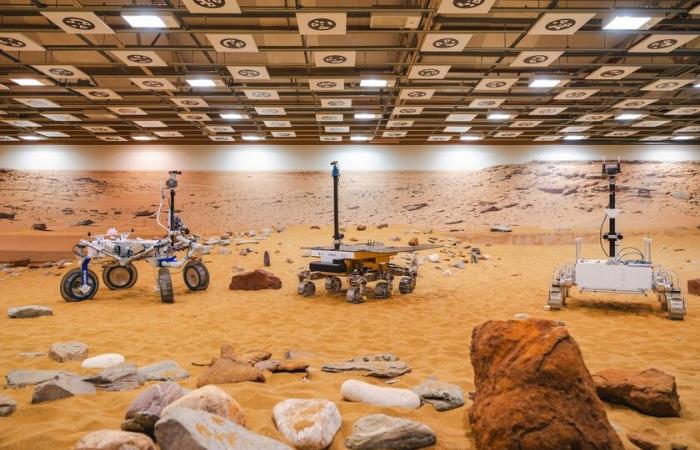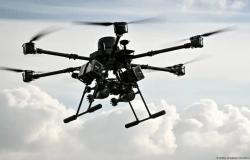Mars seems to have a special inquina to the European space Agency and, more specifically, to the exomars mission and its rover Rosalind Franklin. What promised to be a pioneer mission for Europe in the search for past life on the red planet has become a true technological and geopolitical calvary, a saga of misfortunes that leads to ask if the rover will not simply be cursed.
From NASA to Russia. The Odyssey of Exomars began two decades ago, in 2005, with the aim of launching a rover to Mars in 2011. Initially conceived in collaboration with NASA, the mission suffered a first capital reverse in 2012, when the US agency, due to the cost overruns in projects such as the James Webb space telescope, decided to retire. Nor was the European prominence of the mission funny.
This first jug of cold water forced ESA to look for a new partner to desperate. The Russian Space Agency Roscosmos. Russia would provide the proton rockets for the two phases of the mission and a crucial element: the Kazachok descent module that would be in charge of the Martian landing of the rover.
A second setback. The first phase of the mission, launched in 2016, included the Trace Gas Orbiter probe, which operates successfully in the Martian orbit. Also the Schiaparelli landing module, designed to test “mooring” technologies. Schiaparelli crashed into the surface because he mistakenly interpreted the accelerometer readings: he mistakenly assumed that he had landed and fired the roof and the parachute ahead of time.
On Earth, the launch of the Rover, scheduled for 2018, was postponed to 2020 due to problems with parachutes and delays in the delivery of components. Then, the Covid-19 Pandemia added more delays, pushing the launch window to 2022.
And then, war. The Rover was baptized ‘Rosalind Franklin’ in honor of the British crystallographer whose x -ray diffraction images were fundamental to reveal the double helix structure of the DNA.
When everything seemed (finally) on track, with the rover ready a few months of takeoff, the Russian invasion of Ukraine in February 2022 dynamited the collaboration. ESA, in an inevitable decision, suspended cooperation with Roscosmos, leaving Rosalind Franklin orphan of a pitcher and, above all, of landing platform. A devastating blow.
-Light at the end of the tunnel. Baptized ‘Rosalind Franklin’ in honor of the British crystallographer whose X -ray diffraction images were fundamental to reveal the double propeller structure of the DNA, the rover did not raise head.
But that decided not to throw in the towel. Member States pledged new financing in the mission and ESA chose to develop a European landing platform. Thales Alenia Space was selected as the main contractor in April 2024 with a contract of 522 million euros, but it is Airbus Defense and Space that will be in charge of the design and construction of the landing module, which, ironically, keeps a great resemblance to the Russian Kazachok.
And now what. When light was finally seen at the end of the tunnel, the budget proposed by the White House for NASA seems to leave out the contribution of the US agency in the European Rover.
According to Eric Berger, from Ars Technica, in addition to the Mars Sample Mission Return of Return of Samples of the Red Planet, in which Europe also participated, the contribution that remained of NASA in the European Rover Rosalind Franklin also participated. It was a modest, but crucial contribution to the mission: Plutonium -based RHU heater.
For now, the release date of the Misión Exomars and the Rove Rosalind Franklin remains scheduled by the end of 2028, with a landing in the Martian plain Oxia Planum planned for 2030. A long trajectory to avoid the season of global dust storms on Mars. Rover Rosalind Franklin will carry its drill capable of drilling up to two meters under the surface, where possible biofirms would be protected from radiation.
Image | DSIT, that
In Xataka | Exomars, this is the most ambitious Mars mission in Europe






